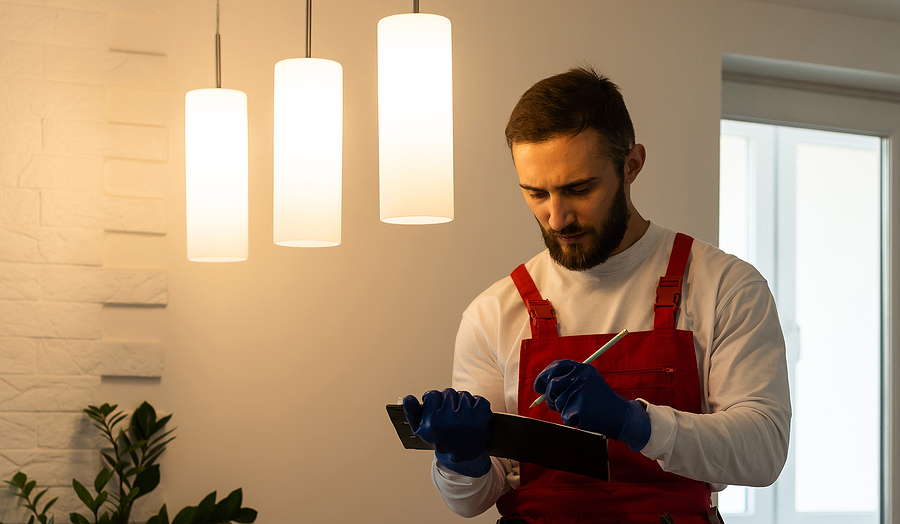How To Best Maintain Your Investment Properties
February 9, 2021
Buying your first investment property can be a strange experience. Most people approach their own home with the attitude that whatever maintenance is required should be done as quickly as possible even if it is more expensive. Whereas, once you purchase a rental property, you suddenly have to think about things like your return on the investment and your overhead cost. If you spend too much maintaining the property, you could end up losing money. Below, we will look at a few ways you can better maintain your rental property, avoid major issues, and put a cap on your total maintenance costs.
Understand The Properties Unique Needs
One of the reasons why property owners dislike maintenance and repair costs is that they often come up unexpectedly. It’s hard to budget for improvements or set rent when you’re never sure when a major repair might pop up out of nowhere. To move past this, it’s best to get to know your property inside and out. For instance, if the house has a known history for termite damage, that’s something you’ll want to have checked out shortly after closing. You should never assume the prior owners took care of the issue. Termite damage, in particular, can compromise your property’s structure and lower its value. Even if you don’t currently have an infestation, you’ll need to remain vigilant in the years to come.
This same principle applies to the entire property including the outside. If the home inspection indicated possible long term issues with the roof, or informed you that the water heater is getting old, you may save a lot of money down the road by fixing those known issues prior to them becoming an emergency.
Stay Ahead On Routine Maintenance
Preventative maintenance keeps the property in good condition and can reduce a lot of potentially expensive problems. It can also help you save money throughout the year. Getting the A/C serviced annually, for instance. A yearly tune-up usually costs between $75 and $150. If that tune-up, however, helps prevent a single major breakdown or repair, it has easily paid for itself many times over. The same thing is true for sewer line inspections, pest control, and other prudent maintenance.
To keep your maintenance costs down, divide your property’s maintenance needs into two categories: projects you can complete yourself versus projects you’ll need an expert to help you with. Some of the maintenance projects in the first group should include items such as repainting interior walls, deep-cleaning carpets between renters, or fence repairs. Is the second group, you’ll want to bring in a pro to help with items such as HVAC, plumbing, roofing, pest control, or electrical issues, unless you are very handy and have solid experience in those areas.
Resolve Problems Quickly
No matter how much time, money, and effort you put into preventative maintenance, you’ll inevitably have to deal with one or two major issues every few years. While you can’t predict exactly what you’ll have to face, you can control your response. You should always respond as quickly as possible and communicate clearly with your rental tenants. When your renters do call with a legitimate issue, you should try your best to make resolving the problem a top priority. Don’t hesitate to call in a professional as soon as possible. It’s a great idea to call several service experts in your area before you have a problem and establish a working relationship so that you have their contact information easily accessible when situations arise. By being decisive in a crisis, you’ll help limit the damage to your property, saving you money and making future maintenance easier and less expensive.


